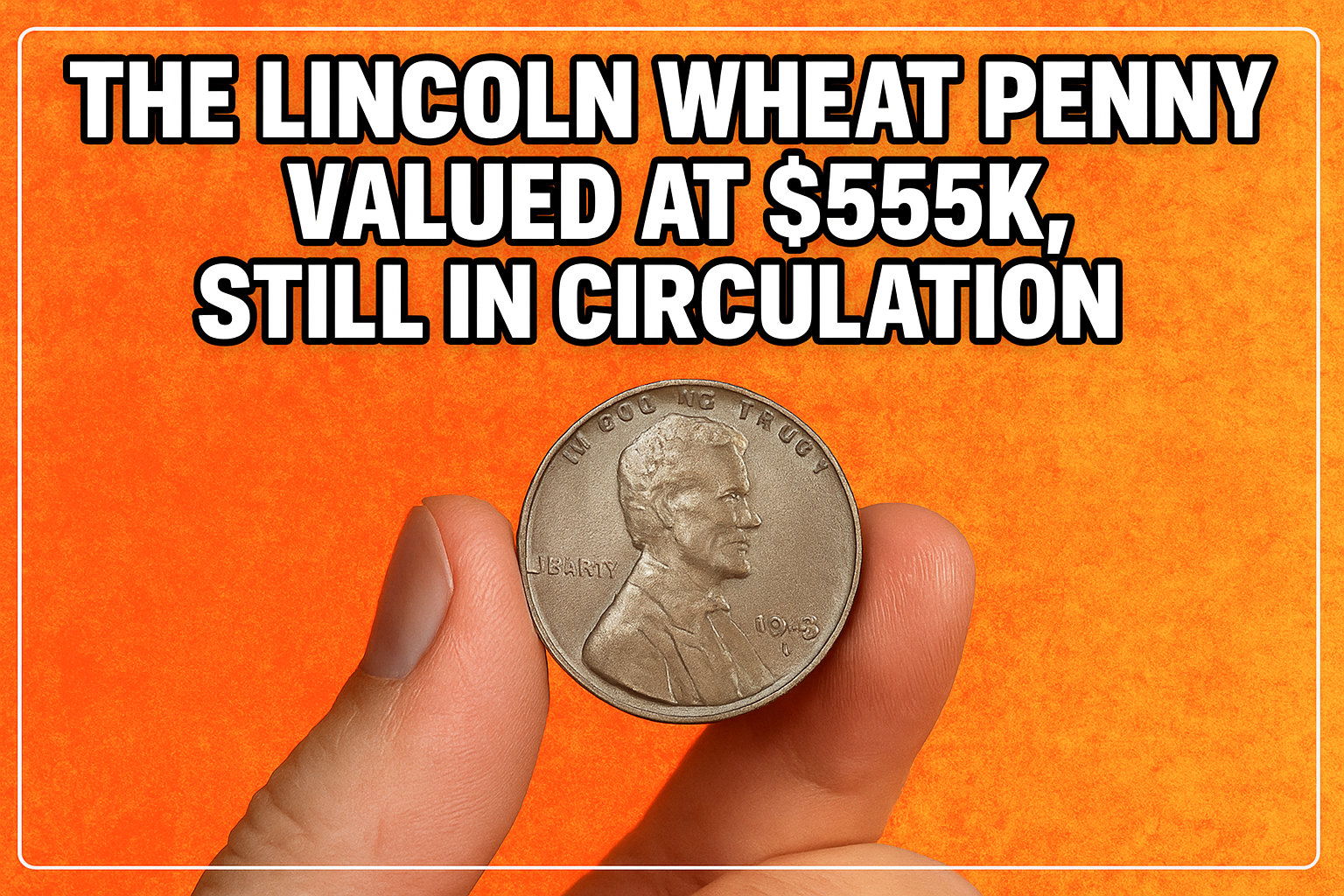The Lincoln Wheat Penny, minted from 1909 to 1958, is a staple in American coinage. While most are worth just a cent, certain rare variants have fetched astronomical sums at auctions, with some valued at over $500,000. Remarkably, these valuable coins might still be in circulation, waiting to be discovered.
The 1943 Copper Wheat Penny: A $500,000+ Rarity
In 1943, during World War II, the U.S. Mint switched from copper to zinc-coated steel for penny production to conserve copper for the war effort. However, a few pennies were mistakenly struck on leftover copper planchets from 1942. These 1943 copper pennies are exceedingly rare, with only about 40 known examples.
Key Features:
- Non-Magnetic: Unlike the steel pennies of 1943, the copper variant does not stick to a magnet.
- Copper Color: Retains the traditional reddish-brown hue of earlier pennies.
- High Value: One such penny sold for $840,000 at auction.
Other Valuable Lincoln Wheat Pennies
Beyond the 1943 copper penny, several other Lincoln Wheat Pennies are highly sought after by collectors:
1909-S VDB Penny
- Mintage: Only 484,000 minted.
- Distinctive Markings: Features the initials “VDB” (Victor David Brenner) on the reverse.
- Value: Can fetch between $1,500 and $420,000, depending on condition.
1955 Double Die Penny
- Error: Notable doubling of the date and inscriptions due to a minting error.
- Rarity: Approximately 20,000–24,000 entered circulation.
- Value: Mint condition examples can be worth up to $420,000.
1944 Steel Penny
- Composition: Mistakenly struck on steel planchets instead of the standard copper.
- Rarity: Fewer than 30 known examples.
- Value: Auction prices range from $100,000 to over $420,000.
Identifying Valuable Lincoln Wheat Pennies
To determine if you possess a valuable Lincoln Wheat Penny, consider the following:
- Date and Mint Mark: Check for key dates like 1909-S, 1914-D, 1922 (no D), 1943 (copper), and 1955 (double die).
- Magnetic Test: Use a magnet; steel pennies will stick, copper ones will not.
- Visual Inspection: Look for doubling in inscriptions or unusual coloration.
- Professional Appraisal: Consult a reputable coin dealer or grading service for authentication and valuation.
Value Comparison Table
| Coin Variant | Year | Mint Mark | Estimated Value | Notable Features |
|---|---|---|---|---|
| 1943 Copper Penny | 1943 | D/S | Up to $840,000 | Non-magnetic, copper color |
| 1909-S VDB Penny | 1909 | S | $1,500 – $420,000 | “VDB” initials on reverse |
| 1955 Double Die Penny | 1955 | P | Up to $420,000 | Doubling of date and inscriptions |
| 1944 Steel Penny | 1944 | P/D/S | $100,000 – $420,000 | Steel composition in a copper year |
| 1922 No D Penny | 1922 | None | $500 – $35,000 | Missing “D” mint mark |
Conclusion
The Lincoln Wheat Penny series holds a treasure trove of valuable coins, some worth hundreds of thousands of dollars. With a keen eye and a bit of knowledge, you might just find one of these rare gems in your pocket change. Always consult with a professional for authentication and appraisal to ensure you have a genuine piece of numismatic history.
FAQs
Q1: How can I tell if my 1943 penny is made of copper?
Q2: What does “VDB” stand for on the 1909-S VDB penny?
Q3: Why is the 1955 Double Die penny valuable?
Also Read:- The Lincoln Wheat Penny Valued at $110 Million, Still in Circulation
